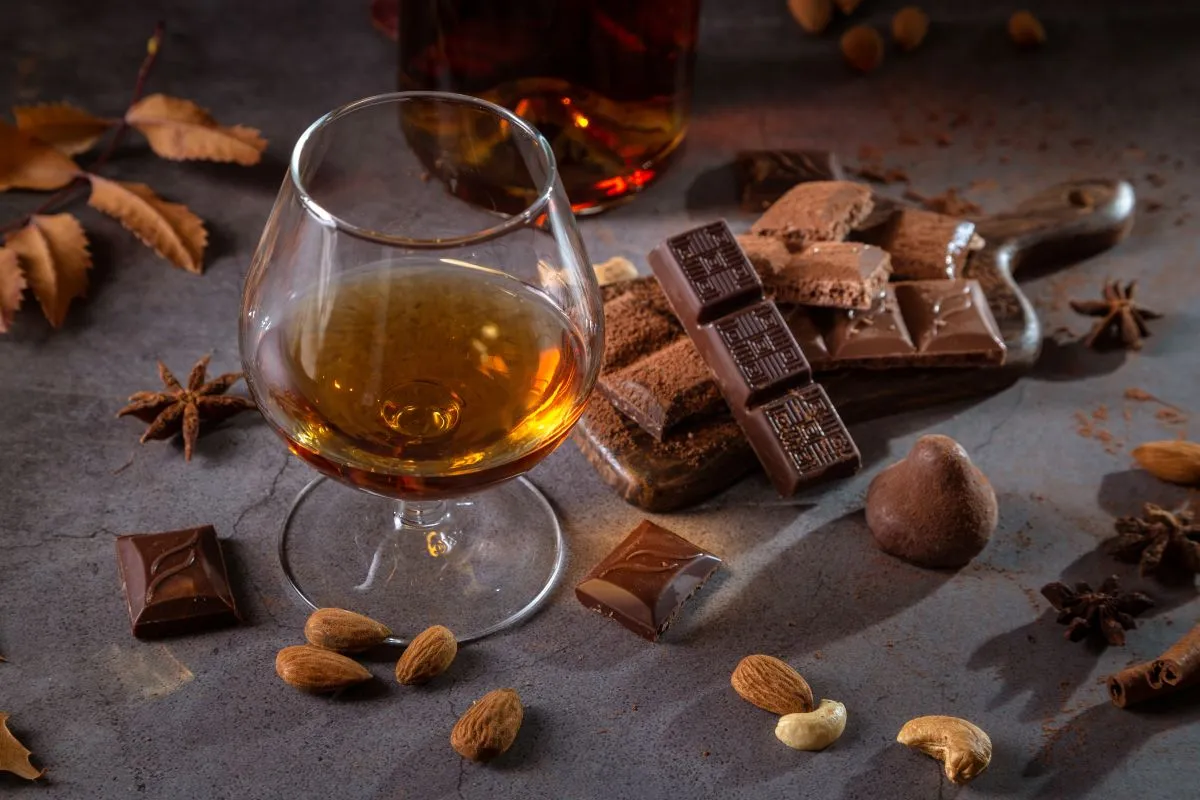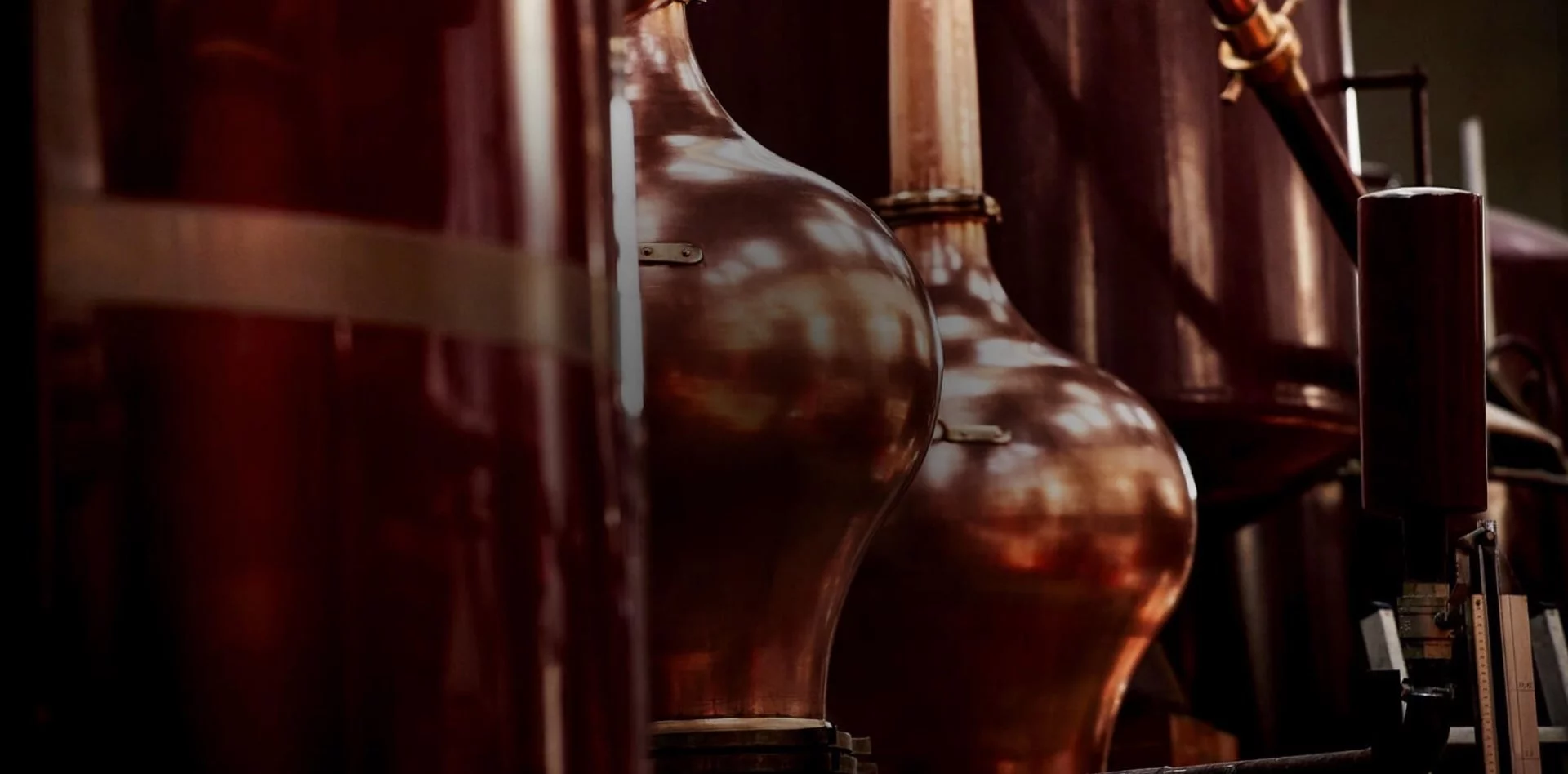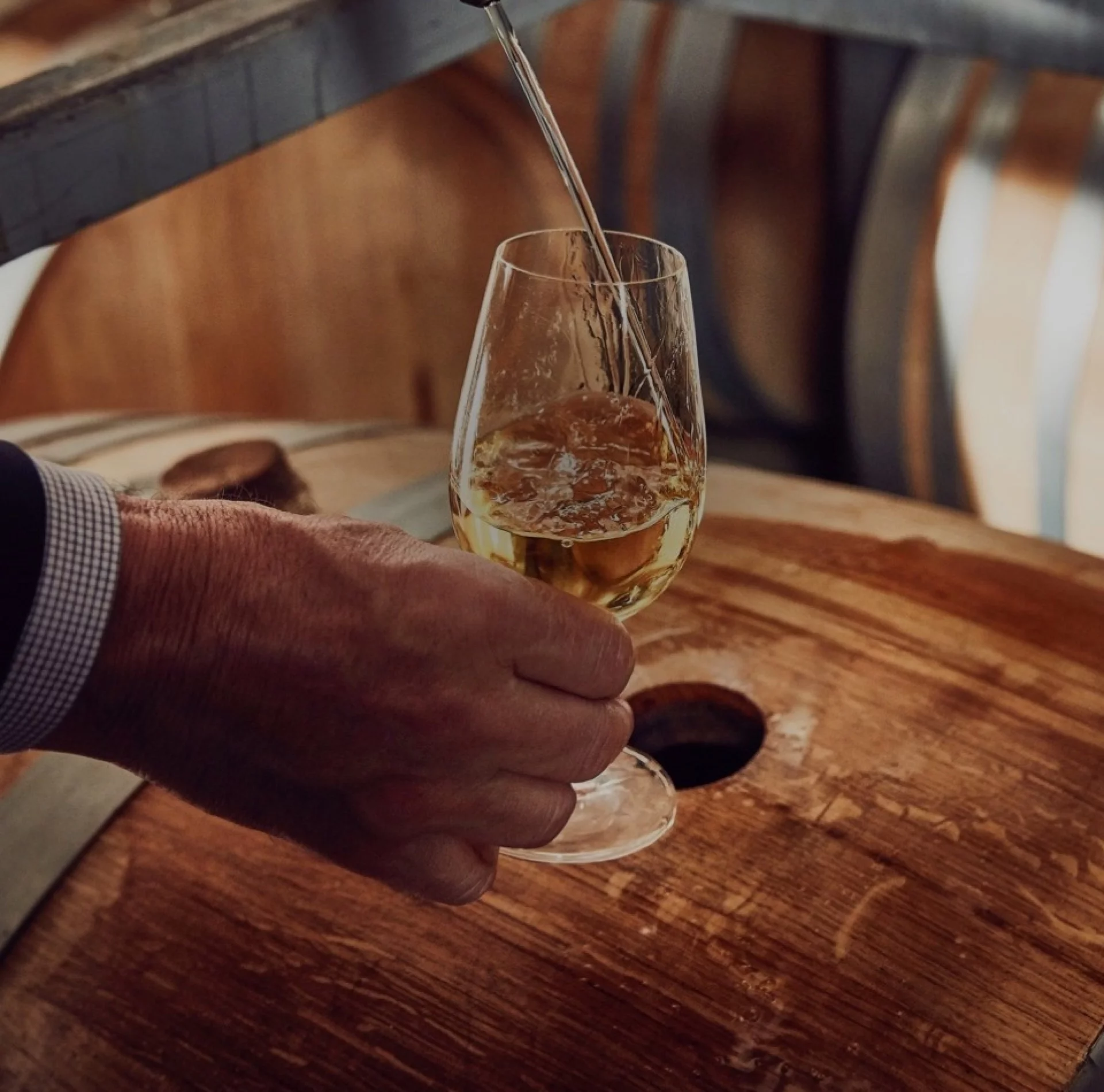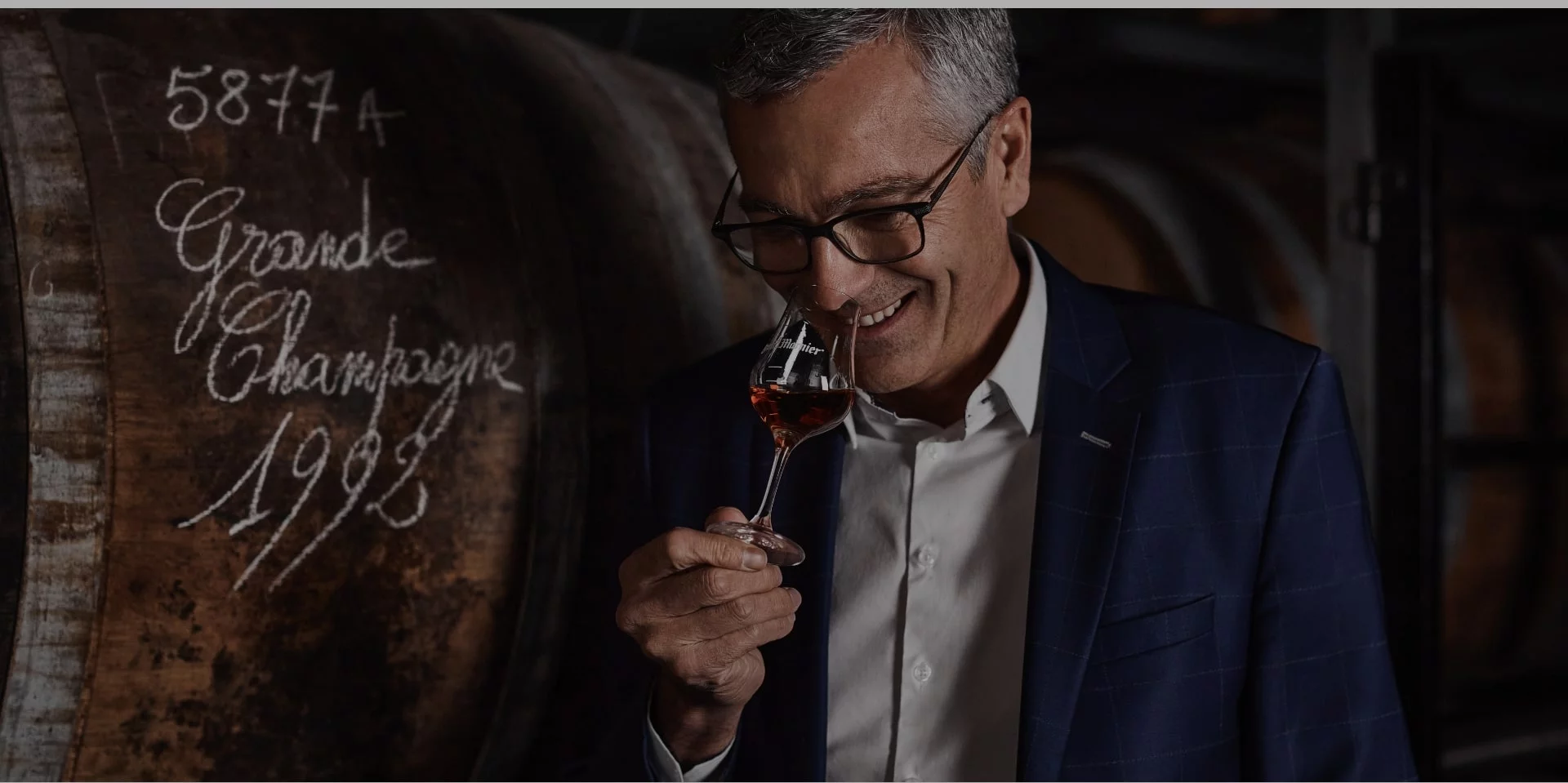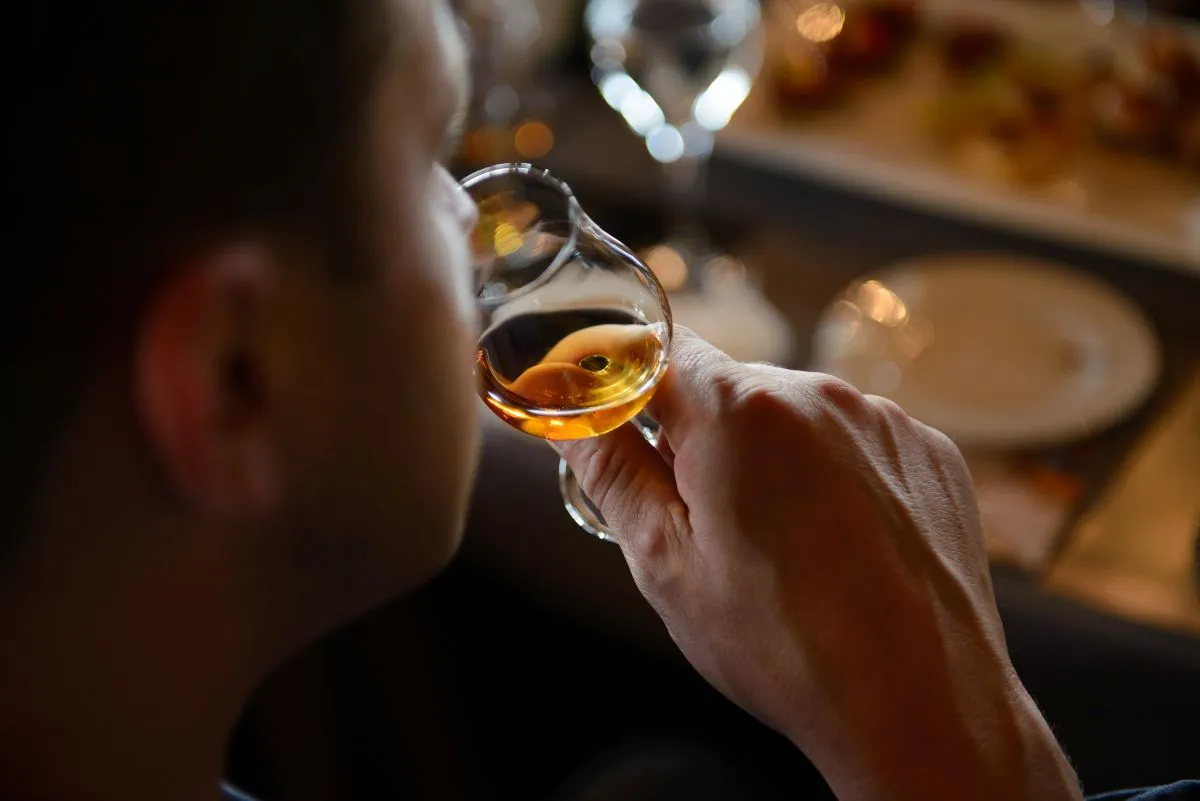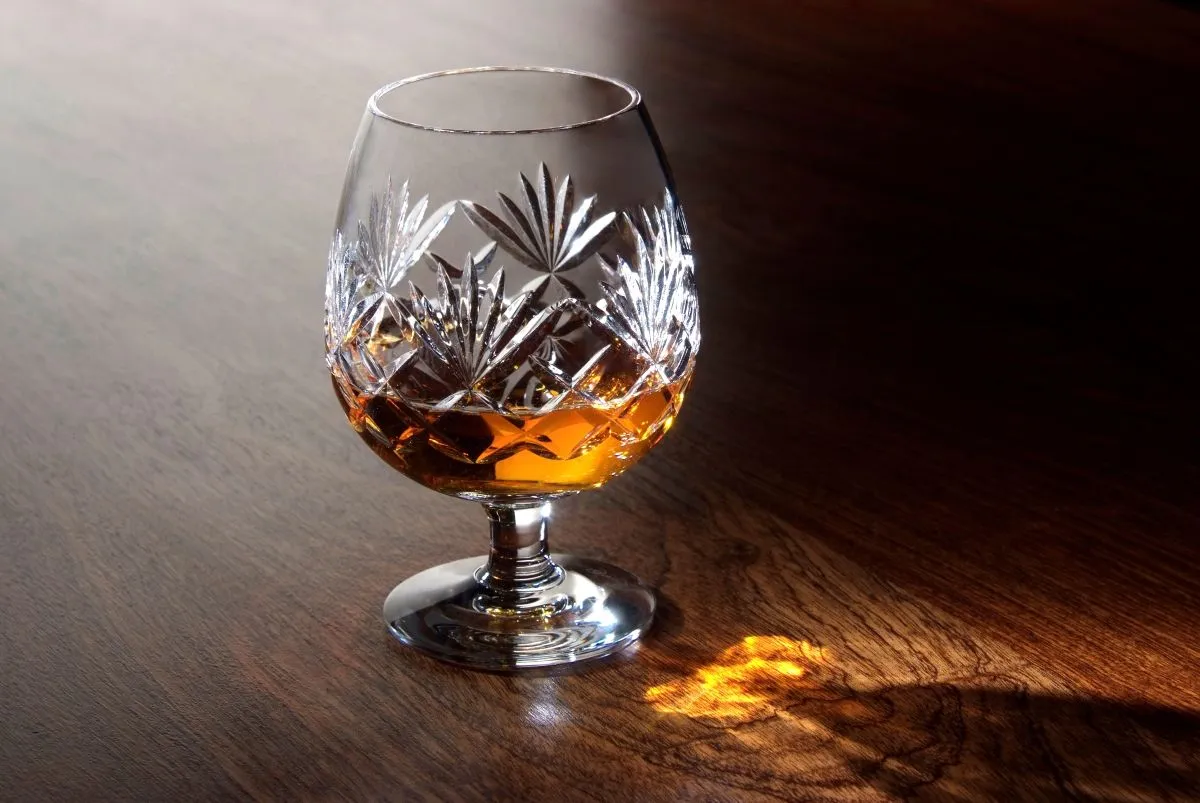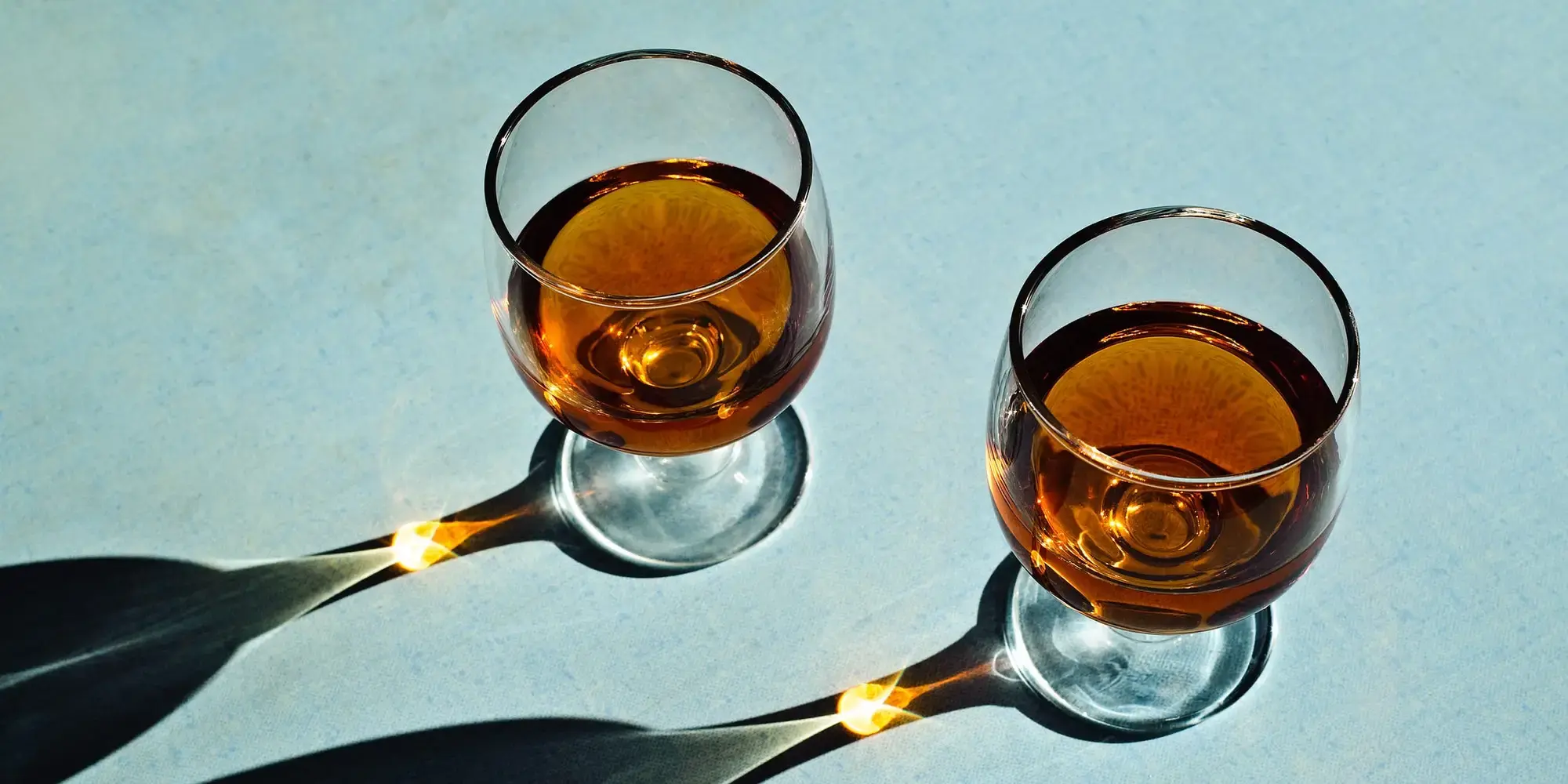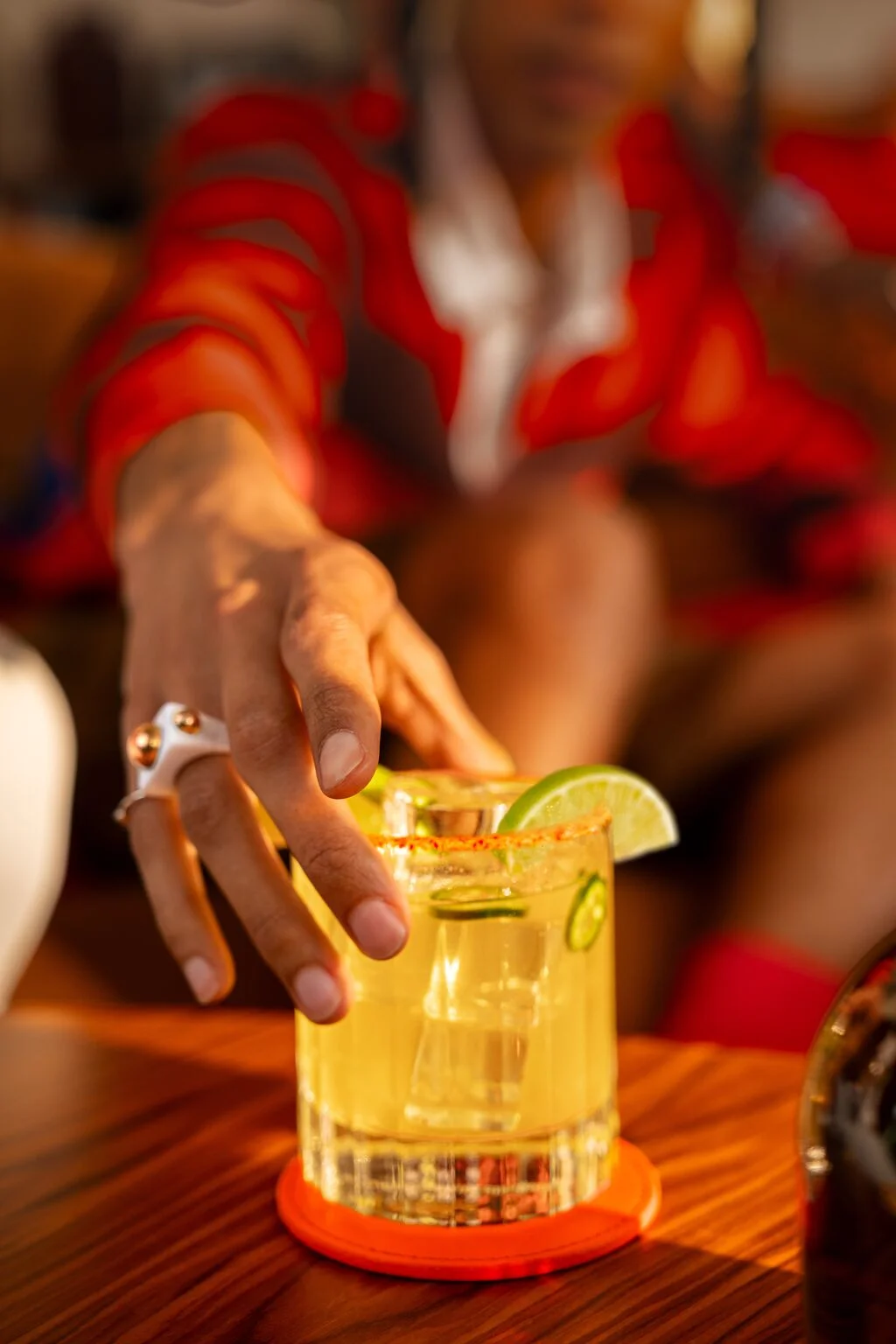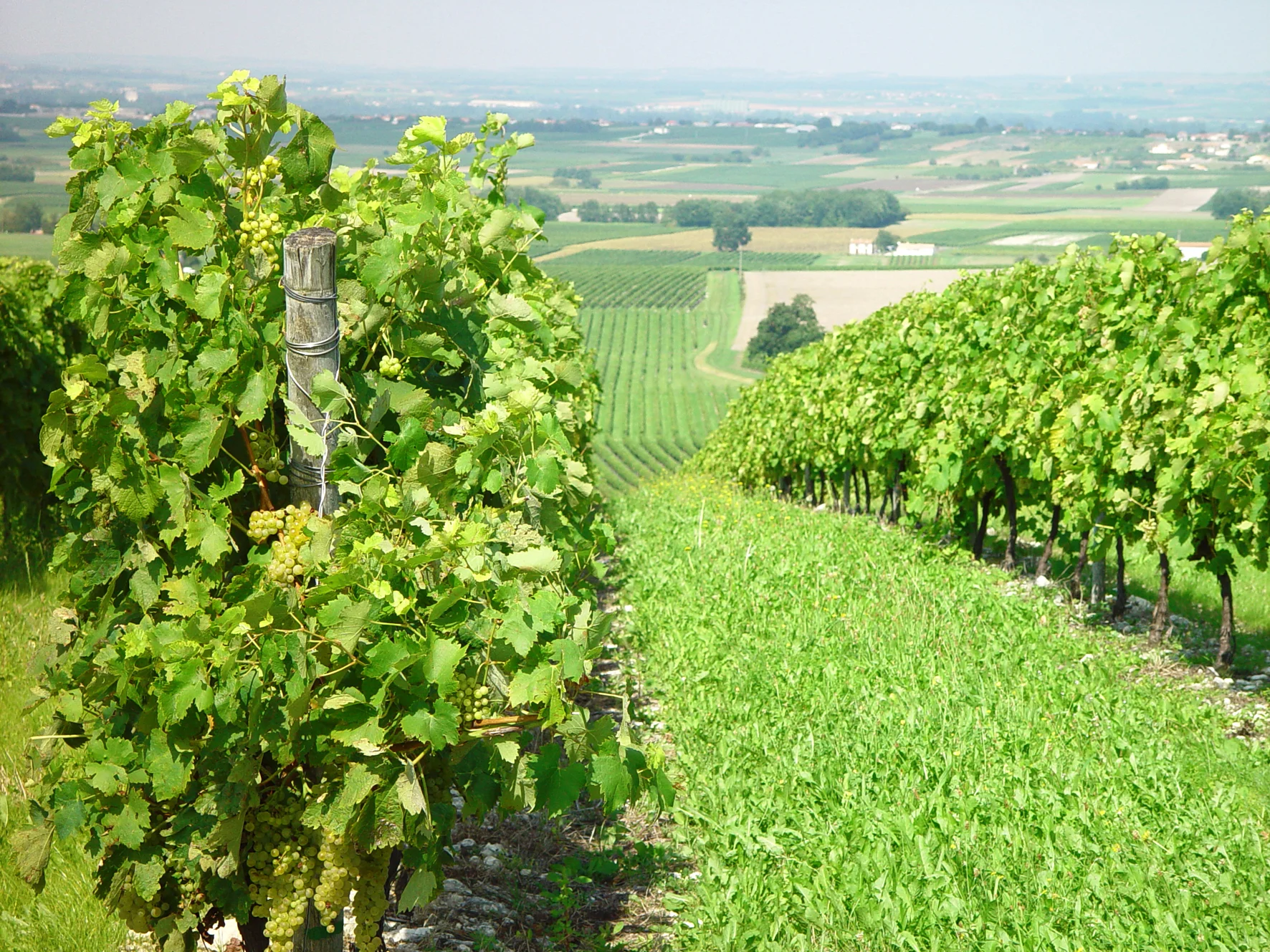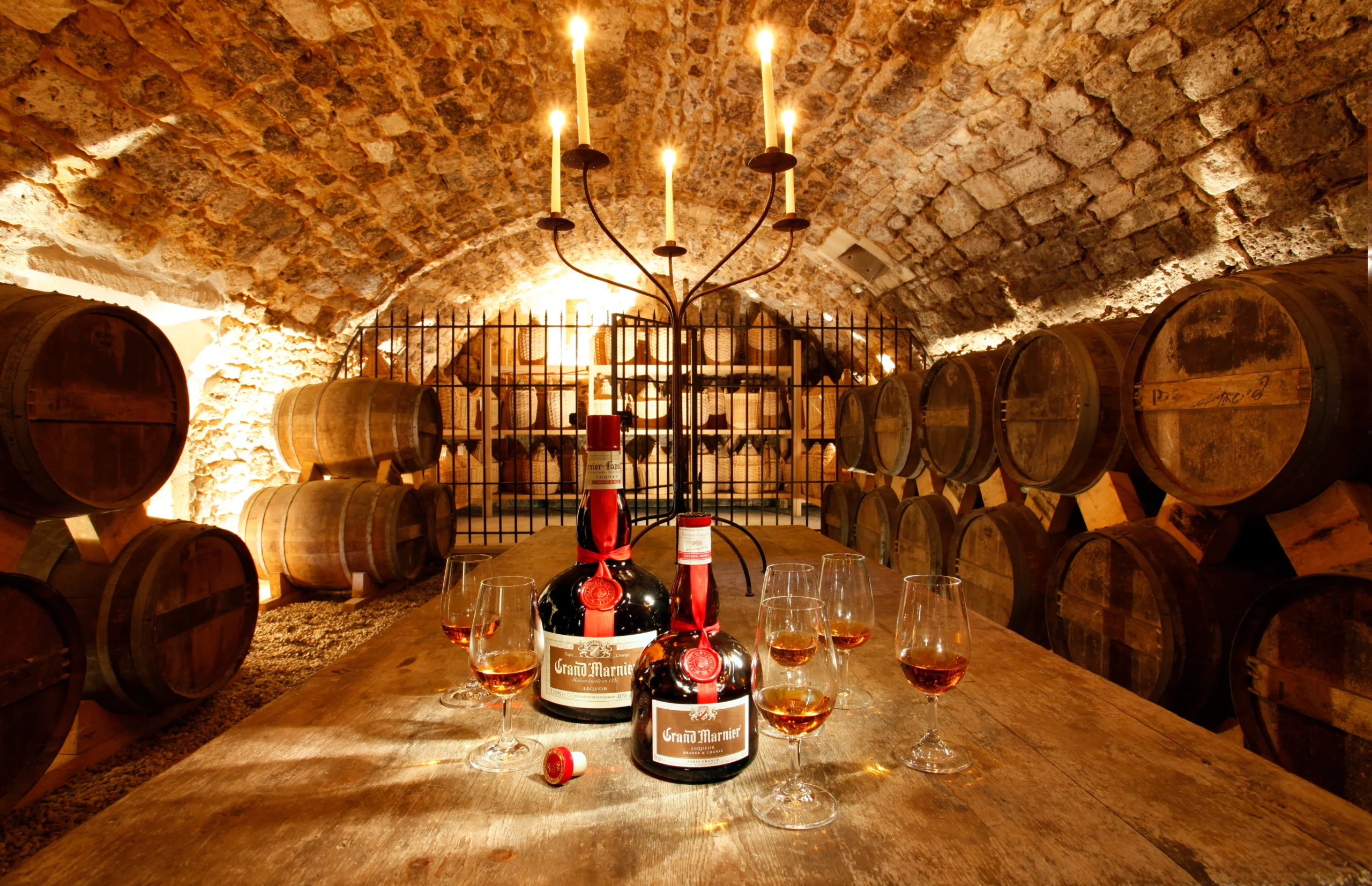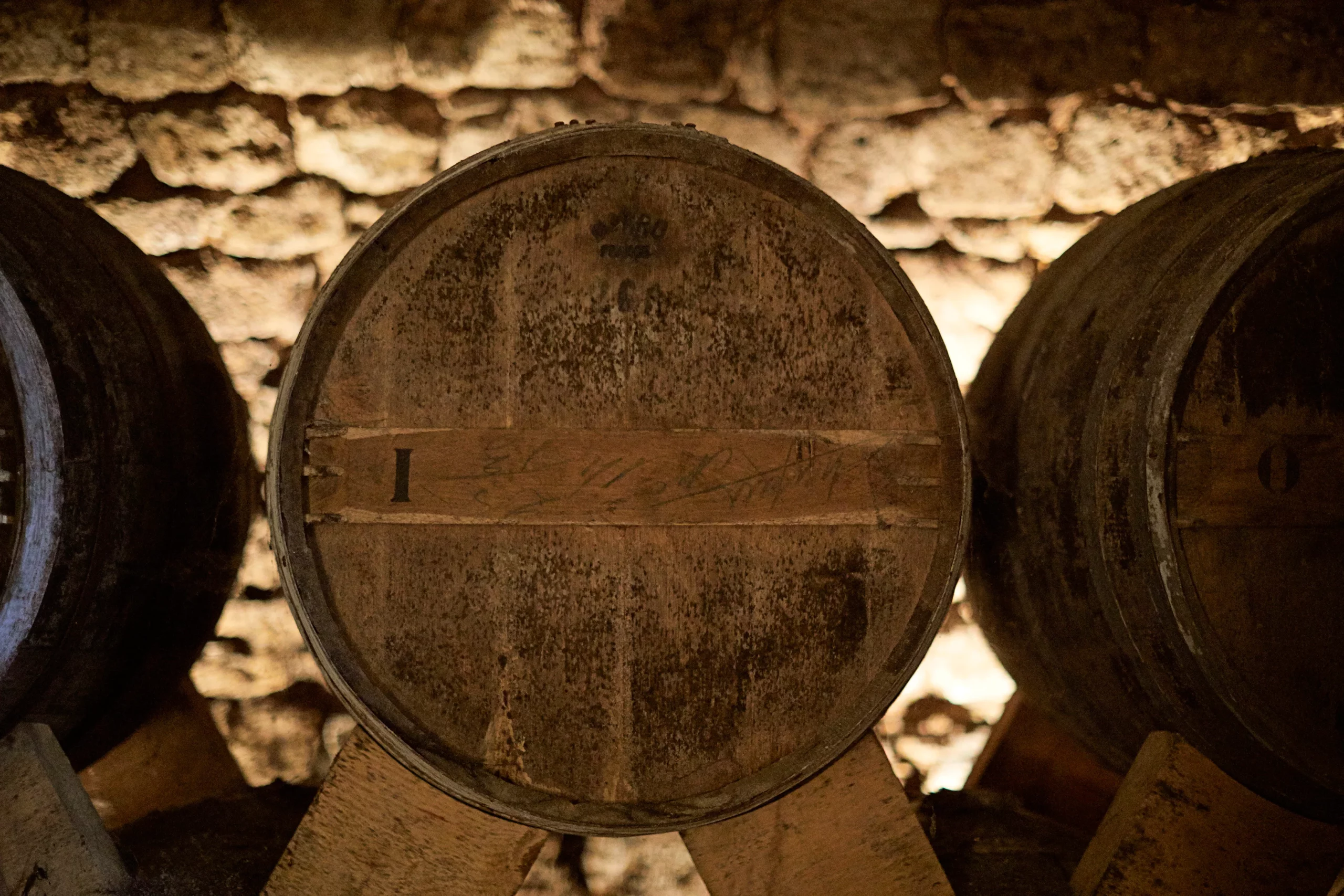
Whiskey vs Cognac: the Differences
When it comes to distilled spirits, cognac and whiskey are often subjects of confusion. Both are renowned for their rich histories and distinct flavors, yet they are fundamentally different. Heritage, geography and tasting notes all combine for two unique products that share a lot, but also have so many differences.
What is Cognac?
Cognac is a type of brandy named after the Cognac region in France, the only region it can be produced in. To be labeled as cognac, the spirit must adhere to strict production regulations set by the Bureau National Interprofessionnel du Cognac (BNIC). The crucial ingredient in cognac is white grapes, specifically the Ugni Blanc variety, though Colombard, Montils, Folignan and Folle Blanche are also used.
The production process begins with the fermentation of these grapes into an acidic, low-alcohol wine. This wine is then distilled twice in copper pot stills (known as Charentais), resulting in a clear spirit known as eau-de-vie. The eau-de-vie is aged in French oak barrels for a minimum of two years, though many cognacs are aged much longer: the aging process is a crucial factor in defining the quality and character of the final product.
What is Whiskey?
Whiskey (for American and Irish varieties), or whisky (for Scotch and Japanese), is a distilled alcoholic beverage made from fermented grain mash. The grains used can include barley, corn, rye, and wheat, with the final flavor strongly depending on the choice of grain. Unlike cognac, whiskey production is widespread, with notable varieties including Scotch, Irish whiskey, bourbon, and rye whiskey.
The production process involves mashing the grains, fermenting the mash into a beer-like base, and then distilling the base into a spirit. The spirit is typically aged in wooden casks, often made of oak, for a period that varies depending on the type of whiskey. Bourbon, for example, must be aged for at least two years, while Scotch whisky must be aged for a minimum of three. The aging process, together with peculiar practices like the use of peat or charcoal filtration, imparts flavors from the wood to the whiskey, contributing to its complexity.
Core Differences: Production and Taste
The primary differences between Cognac and whiskey lie in their ingredients, production methods, and resulting flavor profiles.
Ingredients and Production
- Cognac: Made exclusively from specific types of white grapes. It undergoes double distillation in copper pot stills and is aged in French oak barrels, and it is forbidden to use barrels that have previously contained other spirits/wines;
- Whiskey: Made from a variety of grains. The production process includes mashing, fermenting, distilling, and aging in wooden casks, with regional variations in method and ingredients. Any type of barrel is allowed.
Flavor Profiles
- Cognac: Typically smooth and fruity with notes of vanilla, spices and floral undertones. The aging process enhances its complexity, often adding rich layers of flavor.
- Whiskey: Varies widely based on the type and origin. Scotch whisky often has smoky, peaty flavors, while bourbon tends to be sweeter with notes of vanilla, caramel, and oak. Irish whiskey is usually lighter and smoother, with a subtle sweetness.
Expert Tips: Best Ways to Enjoy Each
Enjoying cognac and whiskey to their fullest potential involves understanding their unique characteristics and serving them appropriately.
Cognac
- Neat: Cognac is traditionally enjoyed neat, served at room temperature in a tulip-shaped glass that concentrates the aromas. It can also be tasted by adding just a splash of pure water;
- On the Rocks: Adding a few ice cubes can mellow the strong alcohol flavors and open up the bouquet. It can also be tasted frozen served at -18 C°.
- Cocktails: While purists prefer it neat, Cognac is also a popular base for classic cocktails like the Sidecar or the Sazerac; at the beginning of mixology, almost one third of classic recipes accounted for cognac as a pivotal ingredient;
Whiskey
- Neat: High-quality whiskeys are often best enjoyed neat, especially single malts and aged bourbons. A Glencairn glass is recommended for nosing and tasting.
- With Water: Adding a splash of water can release more complex aromas and flavors, especially in cask-strength whiskeys.
- On the Rocks: Ice can temper the heat of the alcohol, making it more approachable for new drinkers.
- Cocktails: Whiskey is a staple in classic mixology, featuring in timeless recipes such as Old Fashioned, Manhattan and Whiskey Sour.
In conclusion, while cognac and whiskey share some similarities as aged spirits, they are distinct in their origins, production processes, and flavor profiles. Understanding these differences enhances the appreciation of each, whether you’re sipping a fine cognac or enjoying a well-crafted whiskey cocktail, and allows you to delve into their evolution, such as cognac’s major role played in the creation of the unique Grand Marnier Collection.
- .


